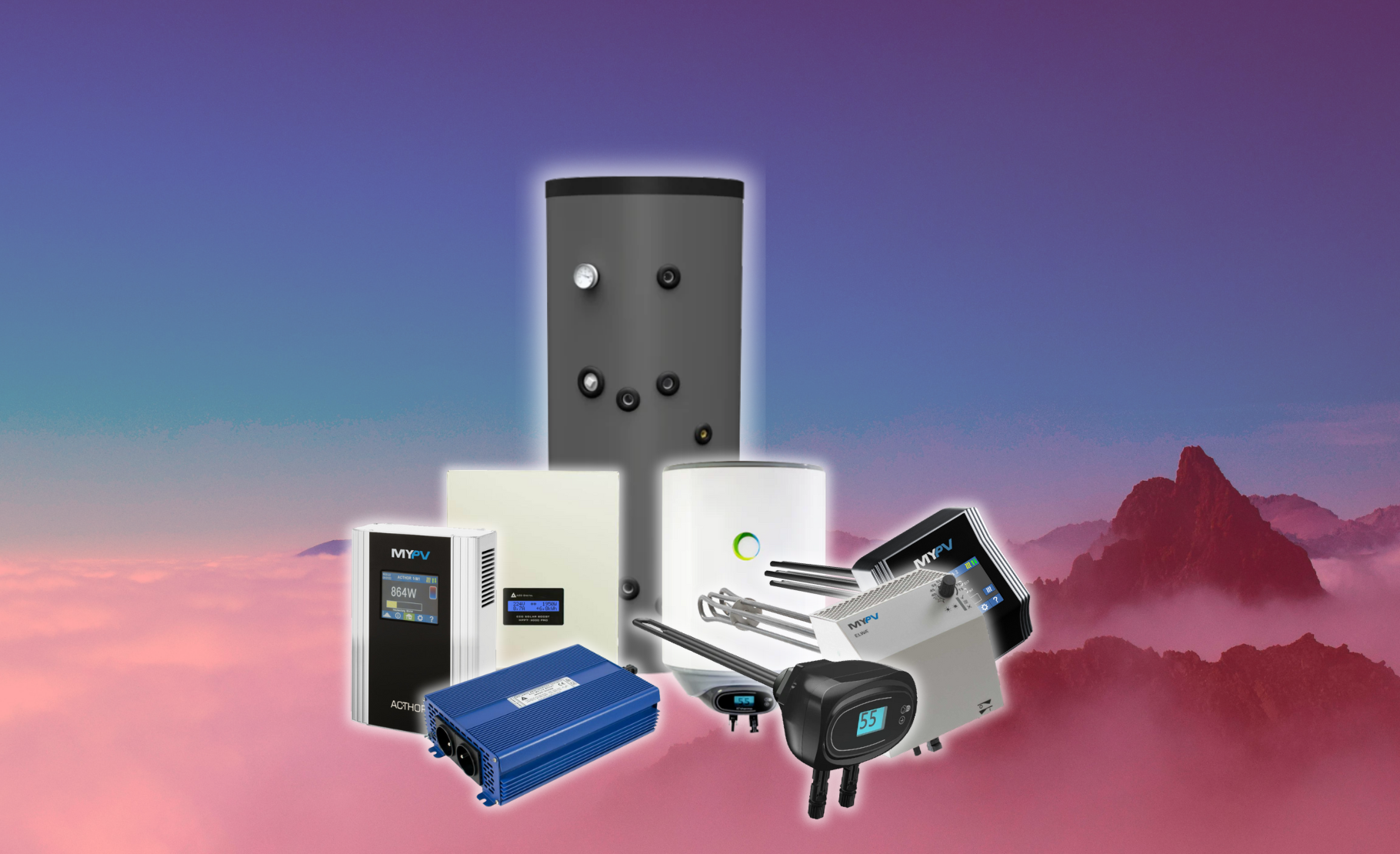6.06.2024
V. PV2Heat - Conclusions and recommendations

In the previous series of articles, we looked at a number of PV2Heat installations that are used to convert solar electricity into heat, to produce hot water or to support heating. In this article we aim to revisit these three types of installations and draw conclusions with the aim of giving you a clear idea of which of these installations would be most suitable for you.
- PV hot water boilers are the simplest to look at in this respect - a PV boiler allows the use of solar energy for hot water in the most direct way by connecting the solar panels to the boiler itself, without the need to connect additional elements of the solar panel system. Such a system for a private house or summer house does not need to be registered and can generally be installed by the user. Its biggest disadvantage is that this solar panel system can only be used to heat the PV boiler.
- A slightly more modular system can be achieved by using a solar or PV heating element. These are available in two variants, the simplest of which involves a heating element that is screwed into the boiler or storage tank and to which, like the PV boiler, a direct connection is made to the solar panel system (this system has the same advantages and disadvantages as the PV boiler, but with the possibility to adjust the capacity of the system and the amount of hot water to be produced). The other option is to connect the PV heater to an existing solar panel system, where it is fed by solar energy like other electrical installations in the building, or to consume only the excess or a specific set amount of solar energy using an energy meter dedicated to the heater, allowing to increase the efficiency of the existing solar panel system.
- Solar heater control units and off-grid inverters rely on a pre-built solar panel system and a purchased hot water source - a manufacturer-supported heating element or hot water boiler, which makes their matching to the system and installation a bit more complex than for other systems (and, like the PV heater, requires a separate boiler or multi-purpose or storage tank as well as an existing solar panel system to operate the system). At the same time, the use of a control unit instead of a dedicated heater would be more advantageous if the amount of solar energy to be used is large enough to operate several heaters or to be discharged to power other heating sources (in the case of an off-grid inverter, generally to power or charge other electrical appliances if they can use modified sine alternating current).
As can be seen, each of these devices has its advantages and disadvantages, which are more related to the way the energy is transmitted and the use of the system than to the device itself. Based on this, it is possible to identify which of these appliances is most suitable for your home. For example, for a summer house without a permanent electricity connection, a small solar panel system on the roof, which is only designed to heat a small off-grid boiler, would be perfectly adequate. In contrast, for an industrial building with a large storage tank and an existing solar panel system, it would be beneficial to connect several 3 kW heating elements to their control element, thus not only heating the water in the tank but also achieving a layering effect (depending on the set energy transfer mode).
In other words, each PV2Heat system has its own application, making it suitable for almost any home, even if it does not yet have solar panels.
Back to news